We explain what the baroque is, the topics it covers and what its different arts are like. Also, what are its characteristics and authors.
What is the Baroque?
On the one hand, the baroque was a period in the history of culture in the West , which spanned the seventeenth and early eighteenth centuries, with variations depending on the historical process of each country. In addition, it was an artistic style engendered by the paradigm shifts of the time, which had an impact on painting , sculpture , architecture , music and literature .
In historical terms, the baroque was born in a time of religious and political tensions : between Catholic and Protestant countries, between absolutist and parliamentary monarchies . It took place in Western Europe and its American colonies. In artistic terms, it was an intermediate moment between Mannerism and Rococo .
Origin of the baroque
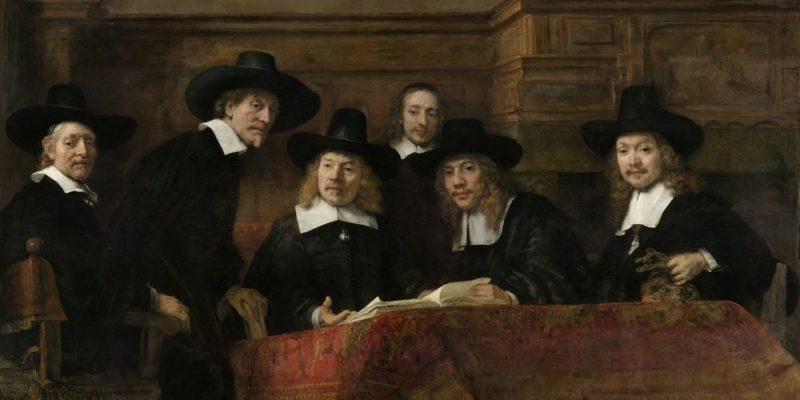
The baroque was born in Italy during the period known as Seicento . Initially the name was used to refer to a certain ornate, bombastic, excessive artistic style.
For a long time it was used in a derogatory way , to refer to something ornate, capricious, deceptive.
According to some theories, the name comes from the word used in Portuguese for pearls that exhibited some deformity or irregularity (“barruecas”, in Spanish).
After the 19th century, the term was revalued and since then it is used to refer to this period and also to any artistic manifestation that contradicts the values of classicism .
Baroque history
Baroque is usually divided into three different moments:
- Primitive (1580 to 1630)
- Plenary session (1630 to 1680)
- Late (1680 to 1750)
In later times the baroque was appreciated as a "degenerate" form of the Renaissance . Today it is considered the symbolic and artistic negation of the classical: where the latter was masculine, rational and Apollonian, the baroque set out to be feminine, irrational and Dionysian . Opposite ways of conceiving art and culture .
Baroque themes
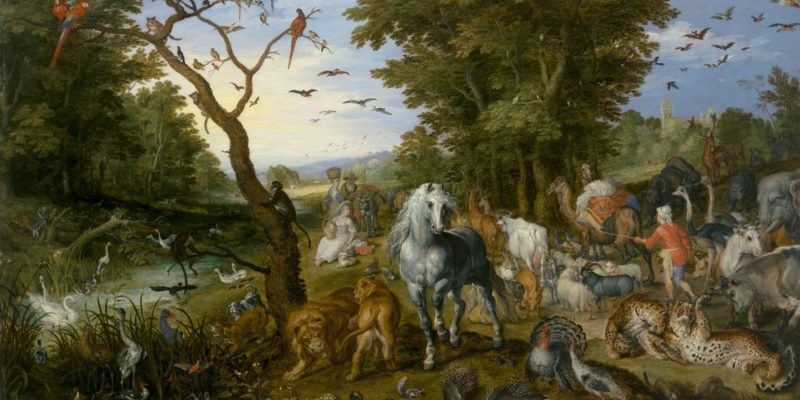
- Emphasis on reality. He paid attention to the mundane aspect of life: the everyday, the ephemeral. This produced a "vulgarization" or worldliness of the religious imaginary in Catholic countries, especially fanaticized.
- Grandiose vision. He exalted the national and the religious, considering them expressions of political power. Thus, at that time monumental, lavish, ornate works were produced, with a certain propaganda content in favor of the aristocracy and the clergy, generally.
- Image culture. He aspired to generate the total work of art, which would show the dominant power (in this case the clergy and the monarchy ), but not directly, but using tricks and tricks that can be summed up in the phrase theatrum mundi : "The world is a theater."
Baroque painting
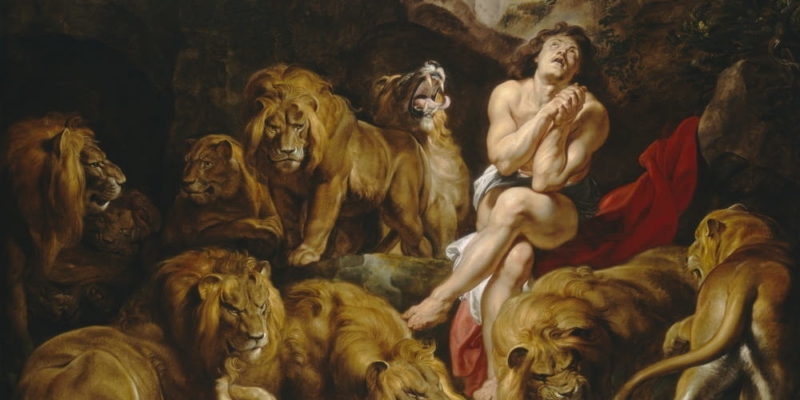
Painting was one of the most favored artistic expressions in the Baroque and that exhibited the greatest diversity in its different geographical manifestations. Their styles, however, can be classified into two main aspects. Each of these aspects approached another style, although always differing:
- Naturalism . Style based on the observation and reproduction of nature, accommodating the artist's moral or aesthetic guidelines, if not very free interpretations of the painted object. He is heir to the tenebrism (taste for chiaroscuro) of Caravaggio, which is why it is also known as "Caravaggismo".
- Classicism . A style opposed to naturalism and its influences, it was a realistic style that obeyed a more rational conception, in which drawing predominated over the magic of color. His works were closed and without the abrupt diagonals typical of the Baroque.
Baroque literature
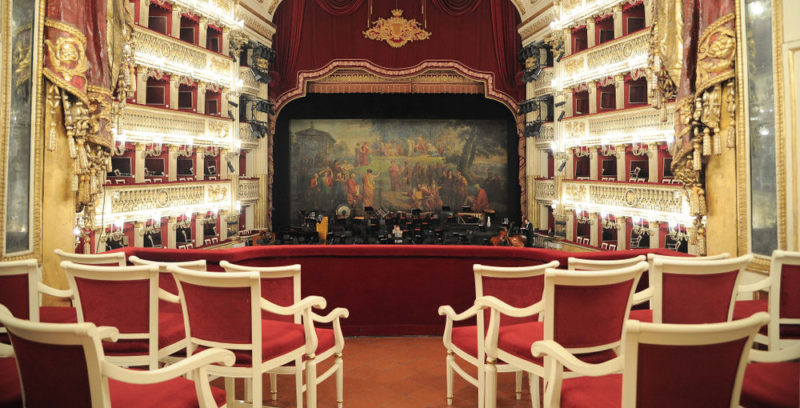
Baroque literature was largely determined by the Catholic Counter-Reformation . This arose in opposition to Lutheranism and Protestantism, as well as the absolutist values of the monarchical governments of the time.
For this reason, a depressed and pessimistic vision of the world predominates in her , in which everything is vain, illusory or a dream, and the vital attitudes are doubt, disappointment and prudence. This literature mainly cultivated the genres of:
- The novel . With Don Quixote as an example and maximum exponent, in this genre modernity and polyphony emerge, the possibility of satire and mockery, using a language rich in rhetorical figures, as well as mythological allusions. The picaresque novel had its peak in the Baroque.
- The poetry bucólica. It is pastoral poetry, cultivated before in ancient Rome , which comes to life in the Baroque. The pastoral loves and the representatives of the rural life of the common people, in it, become central and popular.
- The theater . The theater and dramaturgy, especially in the Spain of the Golden Age , reached in the Baroque one of its highest known points. Satirical comedies, auto sacramentals or dramatizations of biblical passages abounded , but also comedies full of disguise, veiled eroticism and much satire.
Baroque architecture

During the Baroque, architecture assumed much more dynamic forms . A deep sense of theatricality and staging was cultivated, as well as lush and abundant décor.
Concave and convex shapes were preferred over the rigidity and linearity of classicism. Urbanism was given great importance, since kings and popes wanted to control the transformation of public spaces in cities . Optical games and with the perspective of the spectator or the passerby also abound.
Baroque sculpture
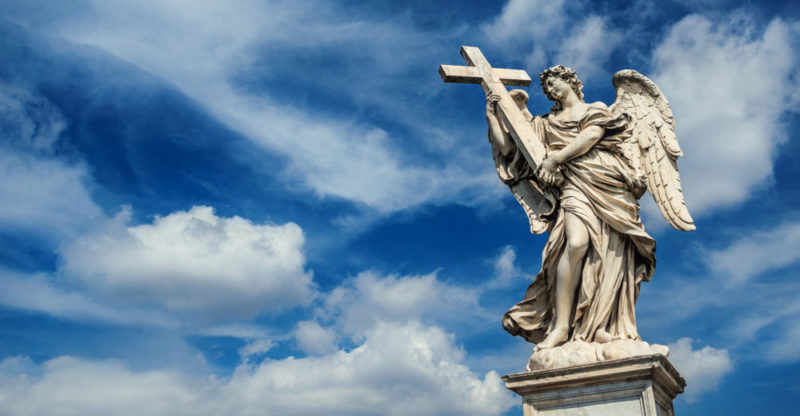
During the Baroque, sculpture had a behavior similar to that of architecture, especially because together they decorated public spaces, palaces and religious buildings . This means that the sculpture had a dynamic, expressive, ornamental and highly varied personality in the different European countries.
In general, it was presented in two variants:
- Gothic . In countries like Spain and Germany , highly linked to the religious imagination and local tradition.
- Renaissance . In countries like Italy and France , where the Renaissance had supplanted Christianity with a return to the classical Greco-Roman imaginary.
Baroque music
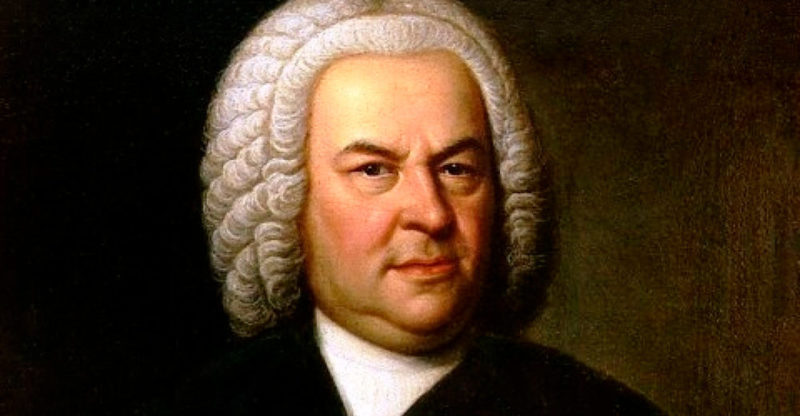
Music was an important expression of the Baroque style , becoming over time the quintessential style of academic music in Europe . This baroque style of music ranges from opera around 1600 to Johann Sebastian Bach's death in 1750.
Baroque music is characterized by the use of tonalities , the continuous bass and the creation of its own musical forms, such as the sonata, the concert and the opera, along with the forms influenced by the church , such as the mass or the requiem. In all of them the improvisation had an important reserved space, to serve as ornamentation to the piece.
Latin American Baroque
The Latin American baroque had its climactic point in the 18th century , as it was an inheritance brought to the American continent by the Spanish conquerors and colonizers.
Unlike its European roots, the Latin American baroque was gladly mixed with the indigenous and the African . The result was a cultural trend that, although it obeyed the abundance and waste, typical of the Baroque, did so using a unique cultural and imaginary tradition in the world.
Baroque authors and artists
A partial list of the main authors of the Baroque includes:
Literature
- Miguel de Cervantes
- Calderón de la Barca
- Lope de Vega
- Tirso de Molina
- Luis de Gongora
- Francisco de Quevedo
- Sor Juana Ines De La Cruz
- John donne
- William Shakespeare
- Laurence sterne
- Caravaggio
- Peter Paul Rubens
- Diego Velasquez
- Rembrandt
- Johannes Vermeer
Music
- Johann Sebastian Bach
- Antonio Vivaldi
- Georg Friedrich Handel
- Gian Lorenzo Bernini
- Juan Martínez Montañés
- Giacomo Serpotta
- Alonso Cano
- Pedro de Mena
Architecture
- Fernando de Casas Novoa
- Guarino Guarini
- Pedro de Ribera
- Francesco Borromini
Cultural journalist with great interest in education and technological innovation in the classroom. The future passes through technology and it is already here. .
Leave a reply
Your email address will not be published. Required fields are marked *Recent post

Sport: What Is It, Types, Risks, Features, Characteristics and Examples

Dogs: Emergence, Features, Characteristics, Feeding and Breeds

Story: Definition, Elements, Structure, Features and Characteristics

